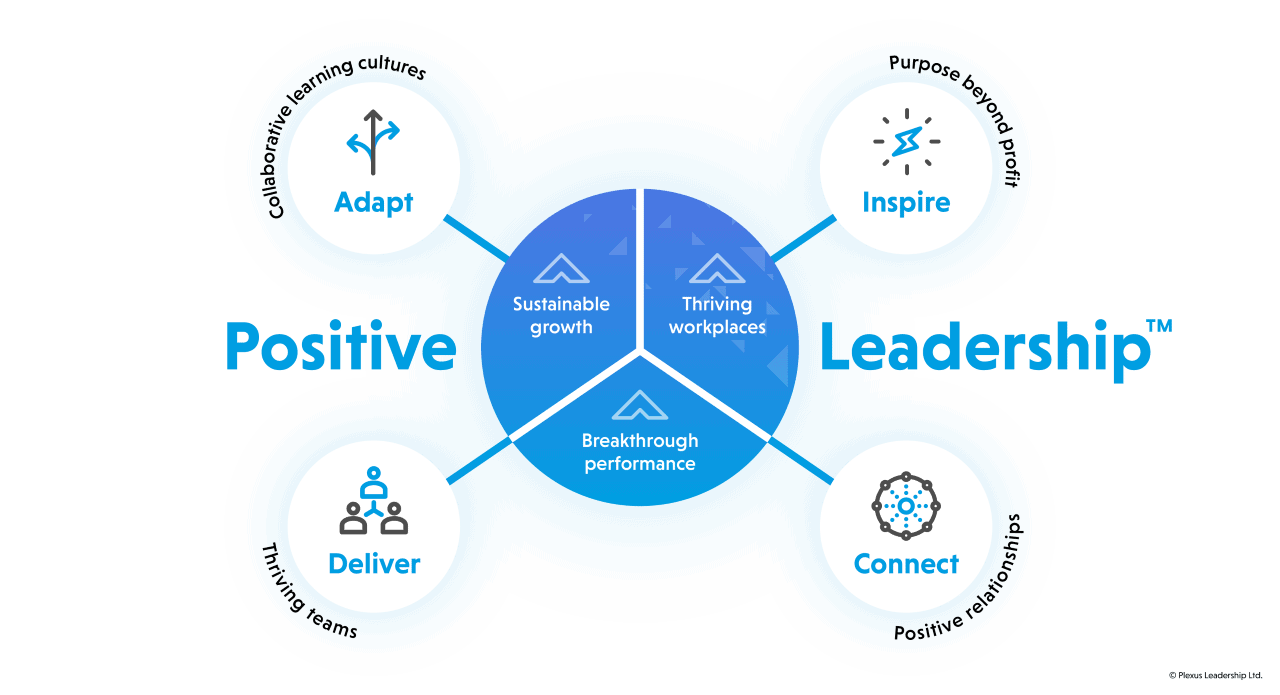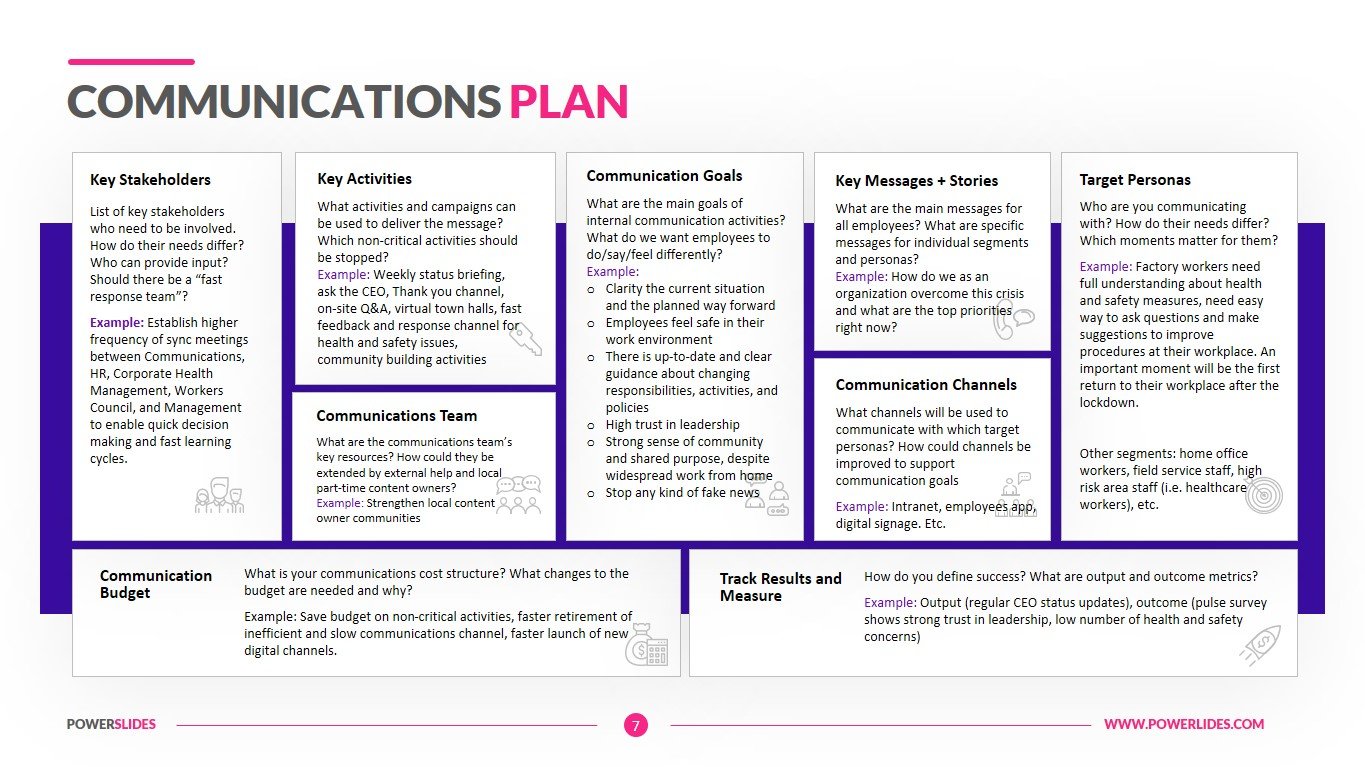Not all leadership is alike. There are many different types of leaders, and some are better than others.
Also, some organizations thrive effortlessly with the transformational leadership style, while for others, laissez-faire or another leadership theory or style is the order of the day.
But despite these shedloads of styles, there is a uniform trend among successful organizations and workplaces. This is positive leadership.
A positive leader implements various positive impacts, energy practices, and emotions. These include empowerment, motivation to achieve more, and a conducive ground for growth.
Positive leadership transcends every style and organizational structure. Establishing an emotionally invested team and a workplace that embraces flexibility is vital.
Fortunately, exuding positivity as a leader is no quantum physics, nor is it inborn. Read on as this article leads you to leadership positivity.
What Is Positive Leadership?
Positive leadership is a philosophy that focuses on the benefits of being kind, compassionate, and understanding with your employees. It’s about building a work environment where everyone feels safe to be themselves and speak up when they have a concern. It’s also about ensuring everyone feels included rather than left out.
The following infographics describe positive leadership.
The idea behind positive leadership is that if you create an environment where employees feel listened to, valued, and respected, they’ll give back in kind by becoming committed team players. They’ll do their best work and help make your company as great as possible.
When you adopt this leadership philosophy, you focus on the positive aspects of your employees’ personalities and personal integrity and help them see their strengths instead of weaknesses.
You also need to be an effective leader by having a positive outlook on life and encouraging others to do the same. This will inspire people to follow you and share your optimism.
That’s when your workforce turns into genuine brand advocates. Not just because of the salaries they get but because they feel a deeper connection with the company.
They won’t hesitate to share all the great things about working for you with their peers on social media. They’ll also participate in your recruitment marketing efforts helping to increase your Instagram following, LinkedIn connections, etc.
All that boosts your employer branding, helping you attract top talent.
What Are The Advantages Of Adopting A Positive Leadership Style In The Workplace
A positive leadership style may have several advantages for your staff and the firm. It’s an excellent approach to promote morale, increase productivity, and encourage employee participation.
Here are some advantages of adopting positive leadership strategies:
1. Helps Manage Risk And Uncertainty
Positive leadership is a crucial component of managing risk and uncertainty. This is because it allows you to approach situations with a positive attitude, which in turn helps you deal with stress. It can also help your team develop better decision-making skills, helping them navigate uncertain situations more effectively.
When employees feel their leaders are invested in their success, they feel motivated and more willing to take on responsibility. That reduces stress and improves output.
Additionally, happy employees are less likely to leave the company or lose interest in their work. As a result, it lowers the company’s turnover, reducing the cost of hiring new employees. It also makes it easier to retain and attract top talent.
2. Encourages Flexibility And Openness
Employees are more likely to be efficient, inventive, and collaborative when they feel more empowered, confident, and capable of taking the initiative. That is especially true if they think they have an opportunity to grow and strengthen their abilities.
Positive leadership also gives the team a vision. It encourages people to work towards that vision, boosting the probability of succeeding in their activities.
In addition, it promotes a team culture where employees feel comfortable taking on multiple vital roles as needed.
Positive leadership also improves employee morale. It allows them to express their thoughts on important matters, fostering creativity and contributing ideas for improvement.
Principles Of Positive Leadership
Being a great leader isn’t just about getting people to do what you want them to do—it’s about getting them to want to do it. And while there are several techniques to motivate your team, three of them are particularly successful.
1. Psychological Safety
A psychologically safe climate is where employees feel comfortable raising suggestions, questions, and ideas and challenging the status quo. This climate breeds innovation, confidence, creativity, and a workplace environment that can adapt to change effortlessly.
According to a Gallup study, the feeling of psychological safety in a workplace can directly surge productivity by 12%—the image below paints an even clearer picture.
The first step to introducing this safety into your workplace climate is actually prioritizing it. Make psychological safety your prime concern. Then, discuss it with your professional team, reiterating the benefits embedded therein.
Pay attention when your employees speak. Value their suggestions and opinions and demonstrate that you understand by briefly recapping what they said. Quit the blame game, shun negativity, and focus on getting solutions instead.
Next is inculcating a learning habit. Help them grow through their imperfections without judging. See things from their perspective. This is the basis of empathetic leadership. With an empathic, optimistic leader, employees feel more comfortable asking for help.
Finally, create a clear positive communication framework in your workplace. Help your staff understand how to give feedback or seek guidance from leadership. This could be via email, on the company’s Slack channel, in person, or during team meetings.
See the image below for actionable insights into creating your communication plan.
Carve out moments of the unintimidating flow of communication. During these, employees can satisfy their curiosities and give suggestions. These moments could be open house meetings where you all assess progress, failures, and setbacks without worrying about hierarchies.
Your HR will be instrumental in implementing the insights mentioned. So, work hand-in-hand. Create an environment of open communication, freedom of speech, and no judgment at the team level. These policies will complement your efforts.
Lastly, let your HR encourage workers to take breaks and socialize outside work.
2. Positive Reinforcement
Another trait of a positive leader is rewarding commendable feats. This increases the tendency for the feat to reemerge again.
Positive reinforcement is a terrific tool to strengthen the link between performance and recognition.
According to an SHRM study, rewarding employees and recognizing their achievements makes them happy to stay. It further boosts their self-esteem and makes them more open to elevating their skills and knowledge for the organization.
So, set practical milestones and discuss them with your team.
For example, you may want to reach a particular sales volume, generate specific leads, etc. Your team will come up with ingenious marketing strategies and sales approaches to achieve these goals. When they finally hit the goals, recognize and reward them accordingly.
Then, set an even higher milestone according to their abilities. This reinforcement could be monetary or non-monetary.
For monetary reinforcements, you can use bonuses, employee discounts, performance bonuses, competitive salaries, etc. Deliver these in proportion to performance and see your employee’s motivation rise.
Non-monetary reinforcements could include retreats, free parking, desired workspace, and gift cards.
3. Defining the Purpose
Positive leadership demands sharing your ultimate purpose with the workforce. According to Deloitte, purpose-oriented leadership enjoys 30% more innovation and 40% more employee retention.
Your purpose as a leader is your vision and the driving force steering every one of your actions. It is the core of your leadership DNA. Hence, return to the drawing board if you don’t have one. But if you do, it is crucial to define it clearly to your workforce. By doing that, you are adding more positive meaning to what they do.
According to the image below, Elon Musk has the motivating philosophy of advancing the future with SpaceX.
With this, workers do not just come to SpaceX because they want to assemble rockets. They don’t make spacecraft because they are cool. In addition to all that, they feel more connected to a greater purpose.
According to ddiworld, this connection can make employees derive meaning from their work and put in over 60% more effort. These are proceedings of positive leadership abilities.
Furthermore, you can create a performance chain of action and goals. These are linked goals, cascading through the company’s structure and marrying your objectives across every level.
Let’s assume you run a company like SpaceX. Your cleaners should clean with the understanding that when they clean, the engineers and facilities remain healthy and safe. When engineers are healthy, they become more efficient in advancing to the future.
So, help everyone in different hierarchies connect their actions to your purpose. This creates positive relationships and a thriving workforce.
In Closing
As a leader, it’s important to get people on your side. You want them to trust you, and you want them to feel like they can rely on you. You want them to know that they’re a part of something bigger and that they are valued.
You can achieve all that through positive leadership. It’s time you created a sense of psychological safety, defined your driving vision, and enforced positive reinforcement in your workplace. With these, expect a fresh breath of positive behaviors and a new realm of human potential within your workforce.









Top, really recommend it! i received all the foloowwrs in a matter of minutes and also got some extra one :)
very efficient and was easy process, thank you for the services